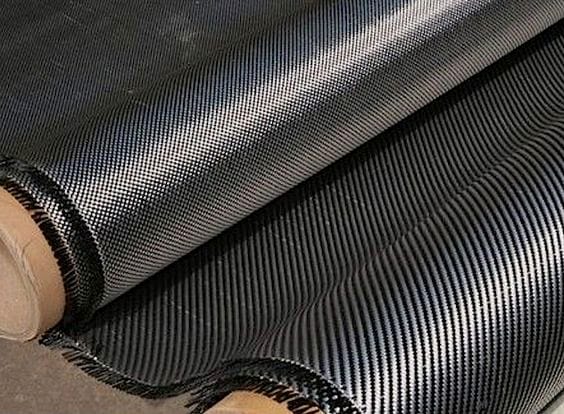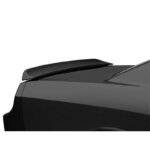About Carbon Fiber
Carbon fiber is a high-strength, lightweight material composed primarily of carbon atoms. These atoms are bonded together in a crystalline formation along the fiber’s length, providing exceptional strength-to-weight ratios.
The material is known for its outstanding properties, making it highly desirable in various industries, including aerospace, automotive, sports equipment, and construction.

Properties of Carbon Fiber
1.High Strength:
Carbon fiber is several times stronger than steel, yet significantly lighter.
2.Lightweight:
It has a very low density, which makes it ideal for applications where weight reduction is crucial.
3.Stiffness:
Carbon fiber has a high modulus of elasticity, providing great rigidity.
4.Thermal Expansion:
It has a low coefficient of thermal expansion, meaning it doesn’t expand or contract much with temperature changes.
5.Corrosion Resistance:
Unlike metals, carbon fiber does not rust or corrode.
6.Fatigue Resistance:
It has a long fatigue life, maintaining its strength over repeated loading cycles.

Manufacturing Process
The production of carbon fiber involves several steps:
1.Precursor Production:
The raw material, usually polyacrylonitrile (PAN), rayon, or pitch, is spun into fibers.
2.Stabilization:
The fibers are chemically altered to improve their stability and prepare them for carbonization.
3.Carbonization:
The fibers are heated to high temperatures in an inert atmosphere, driving off non-carbon elements and forming tightly bonded carbon crystals.
4.Surface Treatment:
The surface of the fibers is treated to improve bonding with matrix materials.
5.Sizing:
A protective coating is applied to the fibers to protect them during handling and processing.
Application of Carbon Fiber
1.Aerospace
Carbon fiber is used in the construction of aircraft and spacecraft due to its high strength and low weight, which contribute to fuel efficiency and performance.
2.Automotive
High-performance vehicles use carbon fiber for parts like body panels and chassis components to reduce weight and improve speed and fuel efficiency.
3.Sports Equipment
Items such as bicycles, tennis rackets, and golf clubs benefit from the lightweight and strong nature of carbon fiber, enhancing performance and durability.
4.Construction
In the construction industry, carbon fiber is used to reinforce concrete and other materials, providing additional strength without adding significant weight.
Advantages and Challenges
1.Advantages:
High Strength-to-Weight Ratio:
Provides exceptional performance in weight-sensitive applications.
Durability:
Resistant to many environmental factors, including corrosion and chemical exposure.
2.Challenges:
Cost:
Production is expensive, making it less accessible for some applications.
Brittleness:
Carbon fiber can be brittle and may fracture under certain conditions.
Manufacturing Complexity:
Requires specialized processes and equipment, complicating large-scale production.
Conclusion
In summary, carbon fiber is a revolutionary material with a unique combination of high strength, low weight, and durability, driving its use in advanced applications across multiple industries. However, its cost and manufacturing challenges must be managed to fully realize its potential.Car accessories carbon fiber front bumper lip spolier diffuser wind knife all can use carbon fiber





